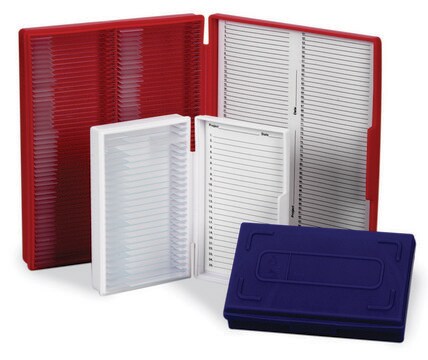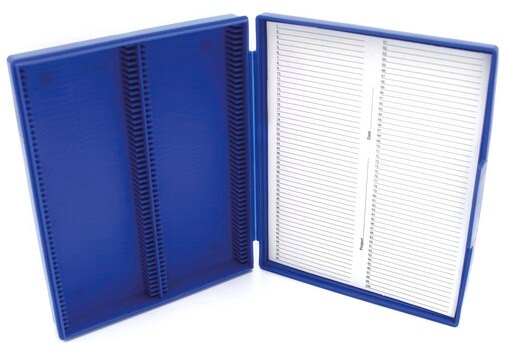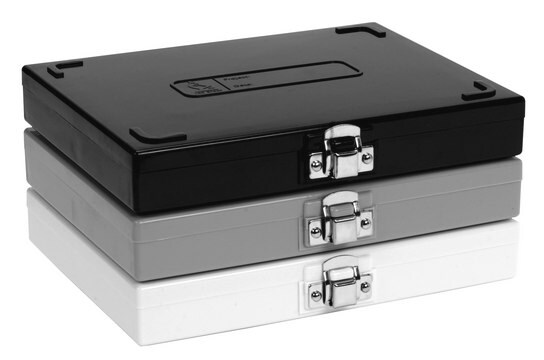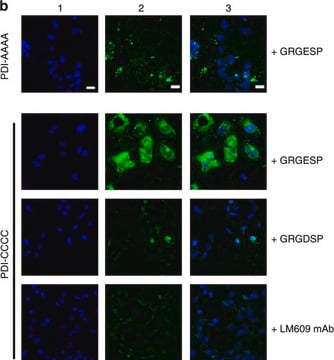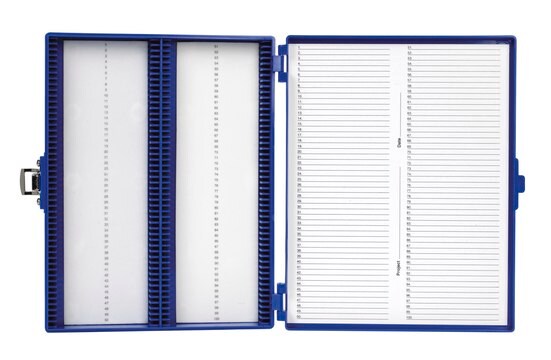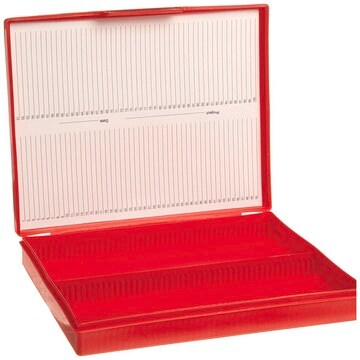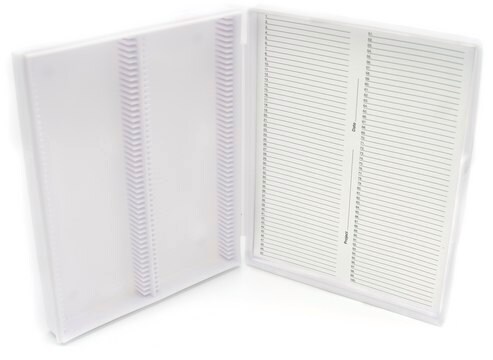MAB1976Z
Anti-Integrin αVβ3 Antibody
CHEMICON®, mouse monoclonal, LM609
Sinónimos:
VitronectinReceptor, CD51/CD61, MAB1976
About This Item
Productos recomendados
Nombre del producto
Anti-Integrin αVβ3 Antibody, clone LM609, Azide Free, clone LM609, Chemicon®, from mouse
origen biológico
mouse
Nivel de calidad
forma del anticuerpo
purified immunoglobulin
tipo de anticuerpo
primary antibodies
clon
LM609, monoclonal
reactividad de especies
human, canine, pig, rabbit, bovine, chicken, monkey, avian
no debe reaccionar con
mouse, rat
fabricante / nombre comercial
Chemicon®
técnicas
flow cytometry: suitable
immunohistochemistry: suitable
immunoprecipitation (IP): suitable
isotipo
IgG1
idoneidad
not suitable for immunohistochemistry (Paraffin)
Nº de acceso NCBI
Nº de acceso UniProt
Condiciones de envío
wet ice
modificación del objetivo postraduccional
unmodified
Información sobre el gen
human ... ITGAV(3685)
Descripción general
Especificidad
Inmunógeno
Aplicación
Immunoprecipitation: specifically immunoprecipitates the integrin alphaVbeta3 complex which, when resolved by SDS-PAGE under reducing conditions, results in an approximately 130 kDa band corresponding to the alphaV subunit and a 105 kDa band corresponding to the beta3 subunit (Cheresh, 1987).
Immunofluorescence: 5-10 μg/mL for staining of bFGF-treated 6 mm cryosections of chick chorioallantoic membrane fixed with acetone (Brooks, 1994). LM609 is also effective on 4% paraformaldehyde fixed, frozen tissues and cells. However it is not effective for immunohistochemical staining of paraffin-embedded tissue sections.
Inhibits adhesion of cells to vitronectin coated surfaces at 10-25 μg/mL.
Optimal working dilutions and protocols must be determined by end user.
Cell Structure
Integrins
Descripción de destino
Forma física
Almacenamiento y estabilidad
Nota de análisis
Positive Control: Human myeloma cell lines M21 and MoαV (Chen, 1995).
Negative Control: Mo cells (this cell line was derived from M21 but does not express integrin αV
Chen, 1995)
Otras notas
Información legal
Cláusula de descargo de responsabilidad
¿No encuentra el producto adecuado?
Pruebe nuestro Herramienta de selección de productos.
Opcional
Código de clase de almacenamiento
12 - Non Combustible Liquids
Clase de riesgo para el agua (WGK)
WGK 2
Punto de inflamabilidad (°F)
Not applicable
Punto de inflamabilidad (°C)
Not applicable
Certificados de análisis (COA)
Busque Certificados de análisis (COA) introduciendo el número de lote del producto. Los números de lote se encuentran en la etiqueta del producto después de las palabras «Lot» o «Batch»
¿Ya tiene este producto?
Encuentre la documentación para los productos que ha comprado recientemente en la Biblioteca de documentos.
Nuestro equipo de científicos tiene experiencia en todas las áreas de investigación: Ciencias de la vida, Ciencia de los materiales, Síntesis química, Cromatografía, Analítica y muchas otras.
Póngase en contacto con el Servicio técnico